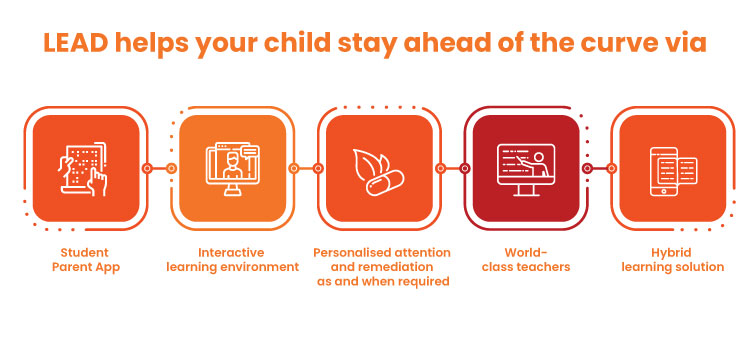Virtual classrooms for schools— helping students cope with another challenging year

2020 unmasked a lot of unheard or “risky” innovations in the sector. A less heard term “online learning” became a saviour—survival without which now looks impossible. As school closures affected nearly 80% of the world’s student population, a reliable model that can withstand a crisis of any magnitude is needed.
While schools’ fraternity at large makes virtual classrooms accessible, it is evident that teaching and learning cannot be limited to online means. Exceptional times require flexible measures and creativity by school stakeholders. Online learning was enough to save the sector from catastrophic effects, but it was insufficient to improve children’s learning.
Lessons learnt from 2020 in education
The ongoing circumstances have reminded the sector that impactful learning can only happen when students are engaged, energetic and focussed, in-class or remotely. The world of education is threatened and is at a juncture where the need to upskill students for the future has not diminished; however, the means to impart appropriate skills have. The COVID-19 pandemic is a stress test for the education sector worldwide. Causing the most significant disruption in the sector’s history, hundreds of millions of learners were forced to stay home, causing an irretrievable learning loss.
Education policymakers are working day and night to ensure that the learner’s academic curve does not cause long-term learning disruptions. However, looking at schools’ reluctance, especially in India, to adopt innovative measures to keep up with the crumbling system and its needs, quality learning still seems like a distant dream. Technology is one of the most powerful tools to support remote learning when schools are shut for an infinite timeline.
2020 marks a dramatically different school experience that demands school authorities to adapt, be creative, and shift roles rapidly. Virtual classrooms for schools are here to stay, for good!
World Bank reports, “Even before COVID-19 hit, the world was experiencing a learning crisis. 258 million children of primary- and secondary school age were out of school, and the Learning Poverty rate in low- and middle-income countries was 53 per cent – meaning that over half of all 10-year-old children could not read and understand a simple text.”
Building it back better with LEAD
Online platforms remain widely used means by governments to deliver education. LEAD’s integrated solution aims to revolutionalise every child’s learning experience and empower teachers, parents, principals, and school owners to work towards a unified goal of achieving excellent learning for students. With a theme-based comprehensive curriculum, unique Concept-Pictorial-Abstract (CPA) approach, Learn-by-Doing module, and Extracurricular Activities, LEAD is perfectly aligned with the NEP 2020.
The best virtual classroom is the one that ensures excellent learning to develop students into:
- Capable adults
- Responsible citizens
- Good human beings
LEAD makes sure that it makes every school ready for the best virtual classroom experience via:
- A teacher tablet powered by LEAD content to teach students with quality curriculum and means. With the help of detailed lesson plans, audio-visual resources, soft copies of books, and activities, students’ learning curve ought to get enhanced manifold.
- A teacher explains the concepts through activities or videos, followed by group practice in small groups. This is followed by individual practice, where students answer questions on the concept independently, boosting self-sufficiency.
- Teachers implement remedial action before moving on to the next concept. This helps to bridge the student learning gap if there are any.

.png)
.png)
.png)
.png)
